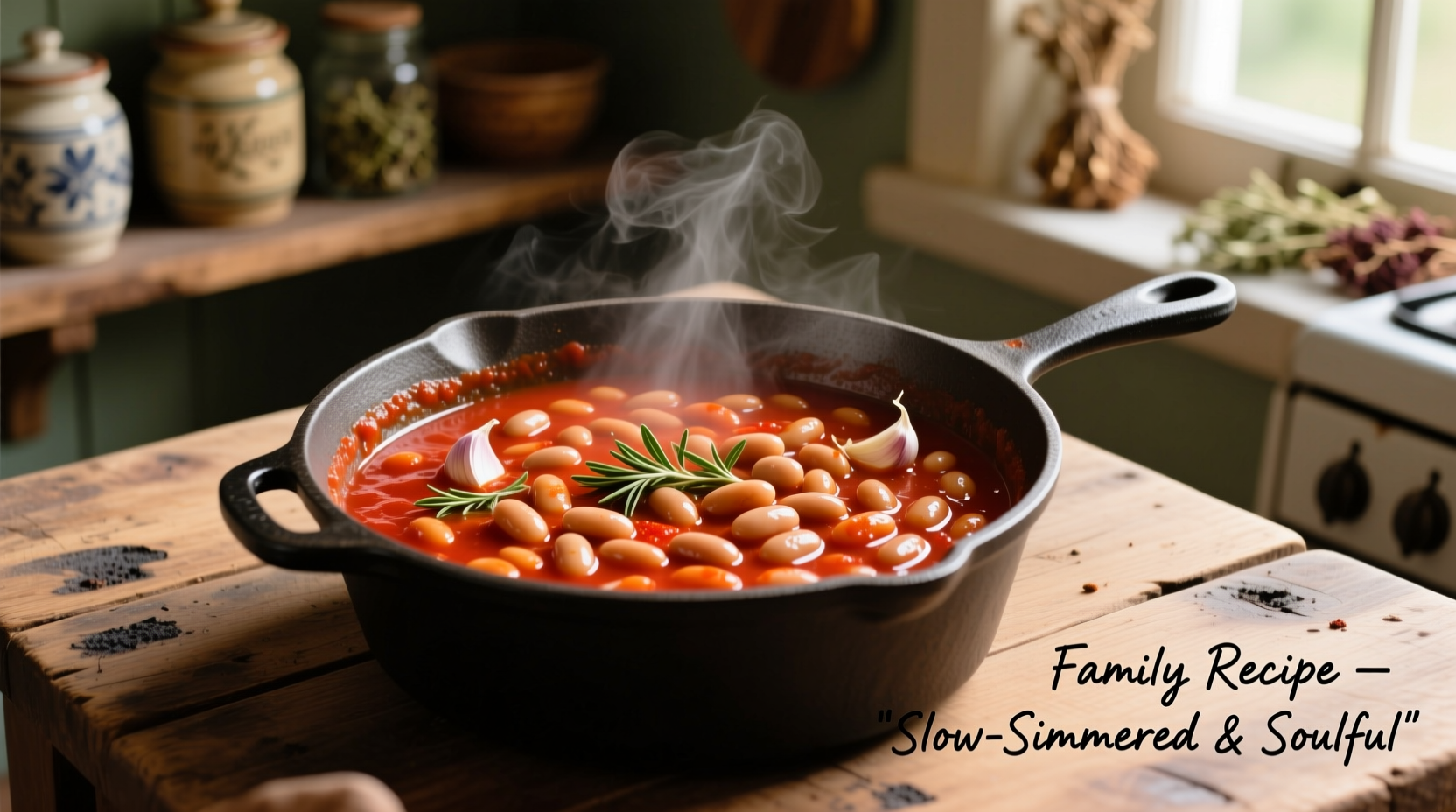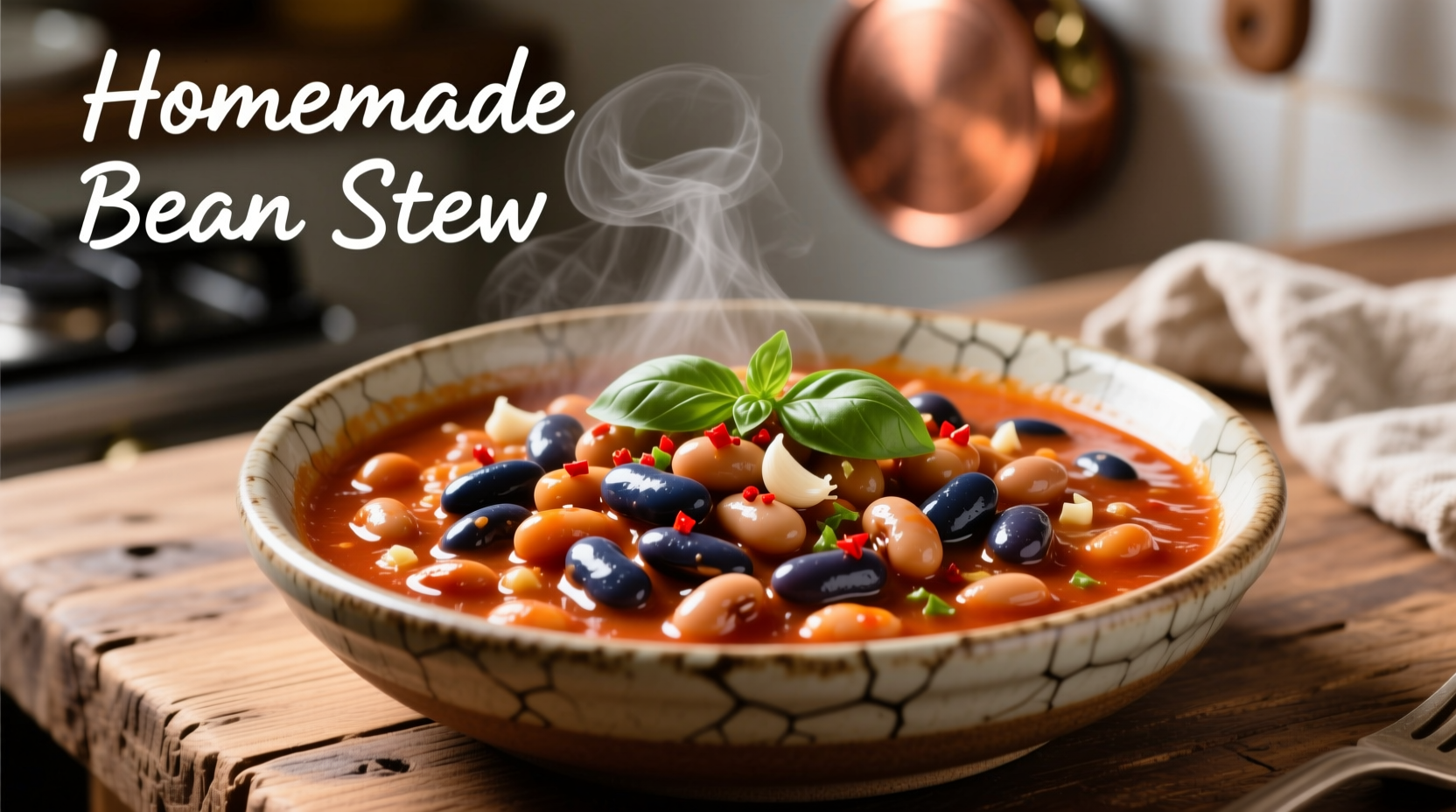Discover everything you need to know about this beloved pantry staple that has evolved from humble beginnings to global comfort food. Whether you're curious about the nutritional profile, seeking authentic preparation methods, or wondering about the cultural significance behind this simple dish, this comprehensive guide delivers practical insights you can use immediately.
The Essential Guide to Beans in Tomato Sauce
Beans in tomato sauce represents one of the most accessible and nutritionally balanced convenience foods available today. While commonly associated with canned products like the iconic British baked beans, this preparation method has roots stretching back centuries across multiple culinary traditions. Understanding the components, variations, and proper preparation techniques transforms this simple dish from basic pantry item to versatile culinary foundation.
What Exactly Are Beans in Tomato Sauce?
At its core, beans in tomato sauce combines cooked legumes with a seasoned tomato base. The most common commercial version features haricot beans (also called navy beans) in a sauce made from tomatoes, sugar, vinegar, and spices. Unlike traditional baked beans that undergo actual baking, many modern versions are simply simmered, though the name persists due to historical preparation methods.
The distinctive flavor profile balances sweetness from added sugar or molasses with the natural acidity of tomatoes, enhanced by spices like mustard powder, onion powder, and paprika. This combination creates a versatile dish that serves equally well as a standalone meal, breakfast component, or ingredient in more complex recipes.
| Bean Variety | Texture When Cooked | Flavor Profile | Best Sauce Pairing |
|---|---|---|---|
| Haricot/Navy Beans | Creamy, tender | Mild, slightly nutty | Classic sweet tomato sauce |
| Cannellini Beans | Firm yet creamy | Buttery, delicate | Herb-infused tomato sauce |
| Pinto Beans | Meaty, substantial | Earthy, robust | Spicy tomato-chili sauce |
| Butter Beans | Large, velvety | Sweet, mild | Rich tomato-cream sauce |
Historical Evolution of This Comfort Food Classic
The journey of beans in tomato sauce reflects fascinating culinary adaptation across continents and centuries. While Native Americans had long prepared beans with tomatoes before European contact, the specific combination that evolved into today's familiar product has distinct historical milestones:
- Pre-16th Century: Indigenous peoples in the Americas cultivated both beans and tomatoes separately
- Late 1700s: British sailors adopted a version of baked beans prepared by Native Americans, using salt pork and maple syrup
- 1886: The H.J. Heinz Company introduced canned baked beans in tomato sauce, revolutionizing accessibility
- World War II: Became a staple ration due to nutritional value and long shelf life
- 1960s-Present: Evolved from simple survival food to beloved comfort food across multiple cultures
This historical progression demonstrates how practical food preservation needs transformed into a globally recognized comfort food. The USDA's National Nutrient Database confirms that the basic nutritional profile has remained remarkably consistent throughout these changes, maintaining its status as an affordable source of plant-based protein.
Understanding Preparation Methods: Canned vs. Homemade
While canned beans in tomato sauce offer unmatched convenience, understanding the differences between commercial and homemade versions helps you make informed choices based on your specific needs and circumstances.
When Canned Products Shine
Canned beans in tomato sauce provides several advantages worth considering:
- Time efficiency: Ready to eat with minimal preparation
- Consistent quality: Standardized flavor profile batch after batch
- Nutrient retention: Processing methods preserve key nutrients effectively
- Emergency preparedness: Long shelf life makes them pantry staples
According to research from the Food and Agriculture Organization, the canning process actually enhances the bioavailability of certain nutrients in tomatoes, particularly lycopene, which increases by up to 28% through thermal processing.
Creating Superior Homemade Versions
When you have time to prepare beans from scratch, you gain significant advantages in flavor control and ingredient quality. The best homemade versions start with dried beans rather than canned, allowing you to control the cooking process completely.
Professional chefs recommend this preparation sequence for optimal results:
- Soak dried beans overnight in cold water
- Simmer beans until just tender (about 45-60 minutes)
- Prepare fresh tomato sauce with onions, garlic, and herbs
- Combine beans and sauce, then simmer gently for 20-30 minutes
- Adjust seasoning with vinegar, sweetener, and spices
This method produces beans with superior texture and more complex flavor than standard canned versions. The University of California's Agriculture and Natural Resources department confirms that homemade versions typically contain less sodium and more varied nutrient profiles than commercial alternatives.

Nutritional Profile and Health Benefits
Beans in tomato sauce delivers impressive nutritional value that explains its enduring popularity as both convenience food and health-conscious choice. A standard 130g serving provides:
- Protein: 6-8g of complete plant-based protein
- Fiber: 5-7g supporting digestive health
- Vitamins: Significant vitamin C, B vitamins, and vitamin K
- Minerals: Good source of iron, magnesium, and potassium
- Antioxidants: Lycopene from tomatoes with proven health benefits
The combination of beans and tomatoes creates a synergistic nutritional effect. Research published in the Journal of Agricultural and Food Chemistry demonstrates that the vitamin C in tomatoes enhances iron absorption from the beans, making this simple dish remarkably nutritionally efficient.
Culinary Applications Beyond the Can
While beans in tomato sauce makes a satisfying standalone meal, its versatility in the kitchen deserves exploration. Consider these creative applications that transform this basic ingredient into something extraordinary:
Breakfast Transformations
Move beyond the traditional British full breakfast by trying these variations:
- Mix with scrambled eggs for protein-packed breakfast hash
- Use as a base for breakfast nachos with fried eggs and avocado
- Blend into a smooth tomato-bean soup served with crusty bread
Dinner Reinventions
Elevate your weeknight dinners with these simple upgrades:
- Add to meatloaf mixture for moisture and texture
- Use as a pizza base instead of traditional tomato sauce
- Stir into chili for added depth and creaminess
- Create a British-inspired "beans on toast" with artisanal bread
Food scientists at the Culinary Institute of America note that the pectin in tomatoes interacts with the starch in beans to create a naturally thickened sauce that enhances mouthfeel without requiring additional thickeners—a perfect example of culinary chemistry at work.
Storage and Safety Considerations
Proper handling ensures both safety and quality preservation. Follow these evidence-based guidelines:
- Unopened cans remain safe for 2-5 years when stored in cool, dry conditions
- Refrigerate opened cans in non-metallic containers for up to 4 days
- Freeze portions in airtight containers for up to 6 months
- Always heat to 165°F (74°C) before serving for food safety
The FDA's Center for Food Safety and Applied Nutrition emphasizes that proper storage prevents the growth of Clostridium botulinum, the bacteria responsible for botulism, which can thrive in improperly stored low-acid foods. While tomato sauce provides some acidity protection, following proper storage protocols remains essential.
Common Questions About Beans in Tomato Sauce
Understanding these frequently asked questions helps you make informed decisions about incorporating this versatile food into your diet:
Are beans in tomato sauce healthy?
Yes, beans in tomato sauce provides valuable plant-based protein, dietary fiber, and essential nutrients. A standard serving offers 6-8g of protein and 5-7g of fiber while delivering vitamins C and K plus minerals like iron and potassium. The combination of beans and tomatoes creates synergistic nutritional benefits, with the vitamin C enhancing iron absorption from the beans.
What's the difference between baked beans and beans in tomato sauce?
While often used interchangeably, there are subtle differences. Traditional baked beans undergo actual baking in a sauce, creating a thicker, caramelized texture. Beans in tomato sauce typically refers to beans simmered in a tomato-based sauce without the baking process. Commercial versions like Heinz baked beans use the name traditionally, though modern production methods involve simmering rather than baking.
Can I make beans in tomato sauce without added sugar?
Yes, you can create a sugar-free version by using naturally sweet vegetables like carrots or red bell peppers to balance the tomato acidity. Some recipes use a small amount of apple cider vinegar to enhance natural sweetness perception without adding sugar. The USDA's MyPlate guidelines confirm that reducing added sugars in tomato-based sauces aligns with healthy eating patterns while maintaining nutritional benefits.
How can I reduce the sodium content in beans in tomato sauce?
To reduce sodium, choose low-sodium or no-salt-added canned varieties, then rinse thoroughly under cold water to remove up to 40% of the sodium content. For homemade versions, control sodium by using fresh tomatoes instead of canned tomato products, which often contain added salt. The American Heart Association recommends rinsing canned beans to reduce sodium content while preserving nutritional benefits.
Are canned beans in tomato sauce nutritious after long storage?
Yes, properly stored canned beans maintain most of their nutritional value for 2-5 years. The canning process actually preserves certain nutrients better than fresh storage, particularly lycopene in tomatoes which becomes more bioavailable through thermal processing. The National Center for Home Food Preservation confirms that protein and fiber content remains stable throughout the recommended storage period when cans remain undamaged and properly stored.











 浙公网安备
33010002000092号
浙公网安备
33010002000092号 浙B2-20120091-4
浙B2-20120091-4